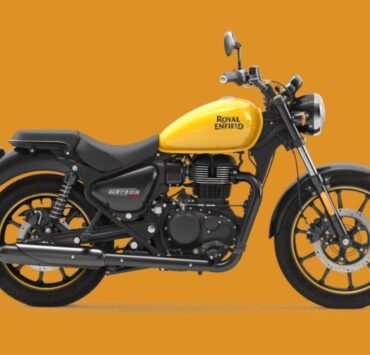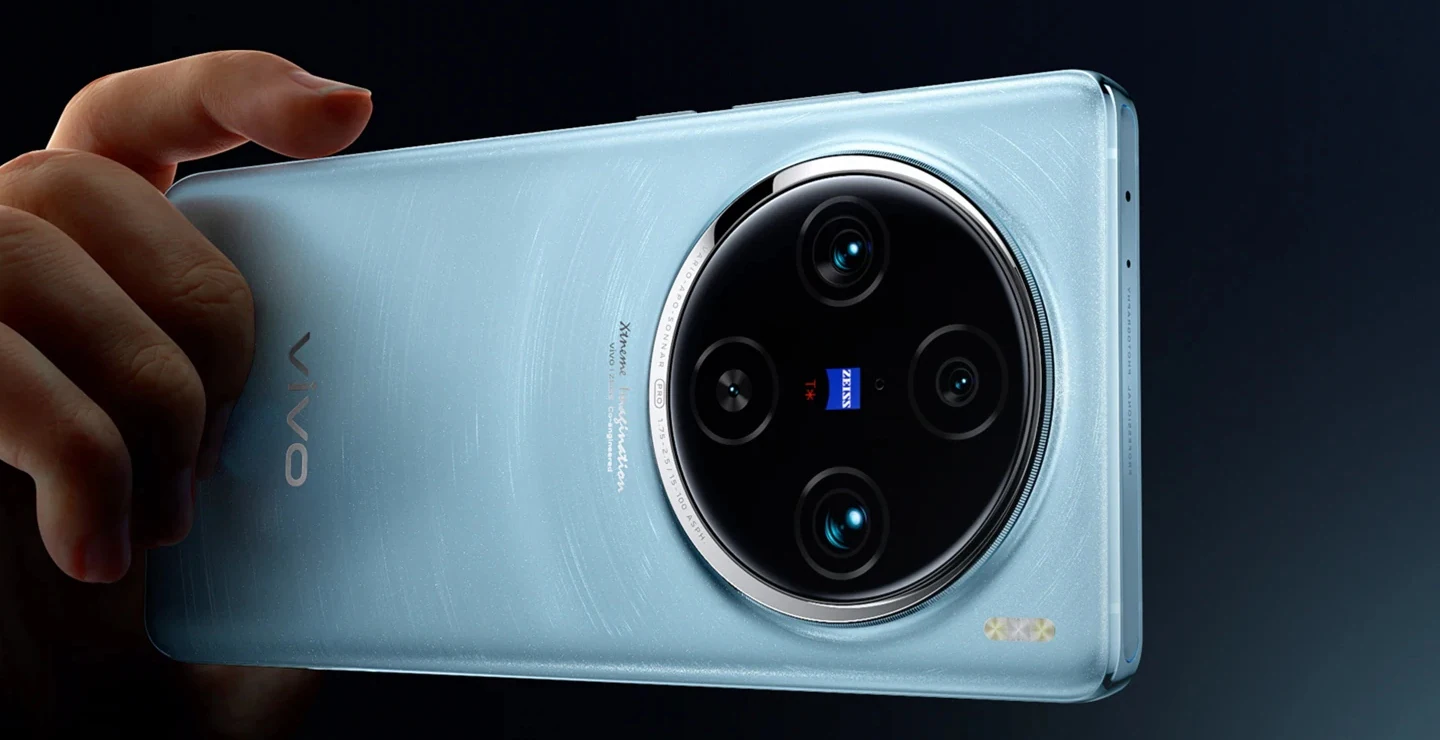
Macro photography stands out as one of the most captivating modes in photography, offering the opportunity to capture exceptionally close-up images of subjects. However, mastering macro photography can pose significant challenges, demanding the photographer to approach the subject closely, often within a few centimeters, to achieve a sharp image with intricate details. This unique approach provides a fresh perspective on the world, revealing details that remain unseen to the naked eye—whether it’s the delicate patterns on a dragonfly’s wings, the pollen clinging to a bee’s feet, the intricate threads composing a fabric, or an ant skillfully balancing a minute sugar cube.
Table of Contents
Professional photographers typically employ specialized lenses designed for this purpose, aptly named macro lenses.
Macro Photography on Smartphones
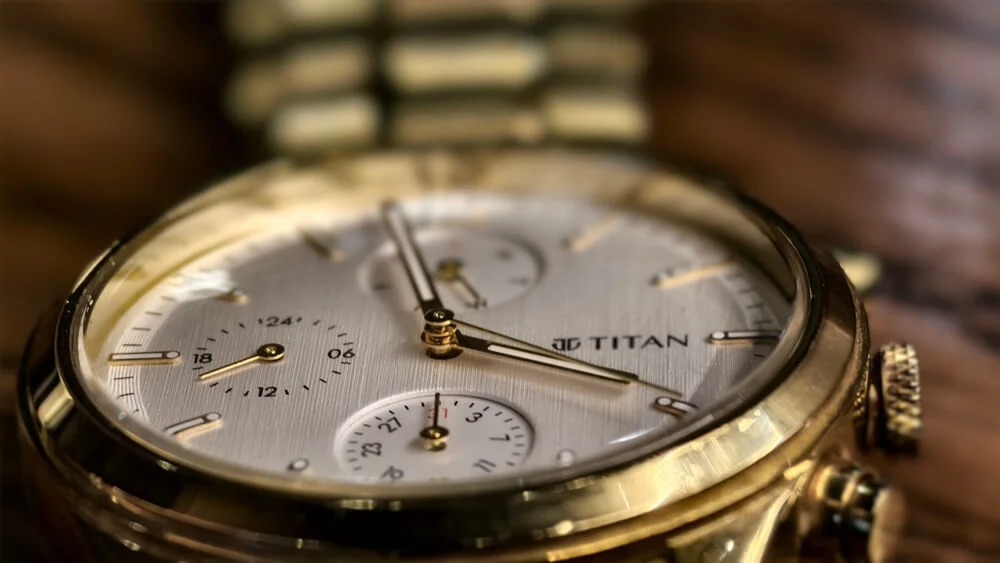
Macro photography has found its place in the realm of mobile phones, though its feasibility remains somewhat dependent on hope. Unlike traditional cameras where lenses can be easily attached, mobile phones face limitations in this regard (though some options exist, they are not user-friendly). Consequently, mobile cameras typically delegate the task of macro photography to one of the rear cameras among the three or four available. Dedicated macro cameras are commonly featured in budget and mid-segment devices.
Read: Samsung Galaxy Ring, Set To Go
However, this solution often results in subpar quality with a low megapixel count, typically ranging from 2 to 5 megapixels, leading to less-than-ideal image quality. Flagship smartphones, such as the iPhone, Galaxy S series, and Pixel series, usually assign macro photography to the ultrawide camera.
This choice is based on the ultrawide camera’s short focal length, enabling users to get extremely close to the desired subject. Notably, many flagship phones automatically switch to the ultrawide sensor when detecting close proximity to the subject, referred to as an auto macro mode.
Read: Realme 12 Pro vs Poco X6 Pro
While smartphones have demonstrated the capability to capture impressive macro shots, their potential remains somewhat constrained. Dedicated yet low-quality sensors often result in less satisfactory images. Despite the generally good performance of most ultrawide sensors, they require close proximity to the subject and may lack effective autofocus.
Read: SJCAM SJ20 Review In Detail
Many ultrawide sensors are designed with a fixed focus, primarily intended for capturing expansive landscapes, and may offer limited innovative use in macro scenarios.
Engaging in macro photography with phones is essentially a hopeful endeavor. It involves the aspiration of approaching a subject closely without causing it to move or become aware, the wish that the phone’s presence doesn’t cast a shadow on the captured image, and the desire for the phone to remain sufficiently steady—a notable challenge in itself—for a clear shot.
Ready: Samsung Galaxy AI
The process is fraught with uncertainty, requiring hope as you press the shutter or capture button. It entails a considerable amount of trial and error, where the likelihood of achieving a superb close-up shot is as uncertain as the possibility of ending up with a blurred and indistinct image.
Telephoto macro – Vivo’s take
The Vivo X100 Pro aims to revolutionize macro photography with a distinctive approach. As highlighted in our review, this phone is equipped with cameras featuring Zeiss optics, boasting three 50-megapixel cameras on the rear—a one-inch main sensor, a telephoto sensor, and an ultrawide sensor.
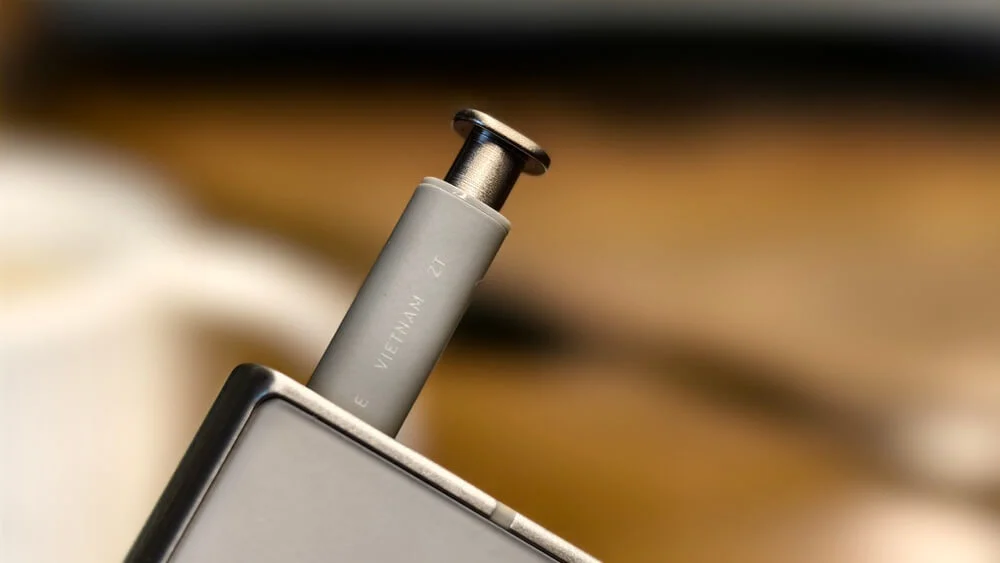
While the phone does include a standard auto macro feature that automatically switches to the ultrawide camera when in close proximity to an object (noticeable through a subtle switch), it introduces a novel macro mode previously unseen—the telephoto macro.
Simply put, the telephoto camera in the Vivo X100 Pro has a dual role—it functions as both a telephoto and a macro camera. Utilizing its impressive 4.3x optical zoom telephoto capability, this camera captures close-up shots of subjects from a distance, eliminating the need to approach closely. While other telephoto or zoom lenses may offer similar capabilities, the Vivo X100 Pro stands out. Its telephoto sensor, labeled as a “floating telephoto” sensor by the brand, is designed not only for shooting portraits at various focal lengths, a feature seen in the Xiaomi 13 Pro, but also for capturing macro-like shots.
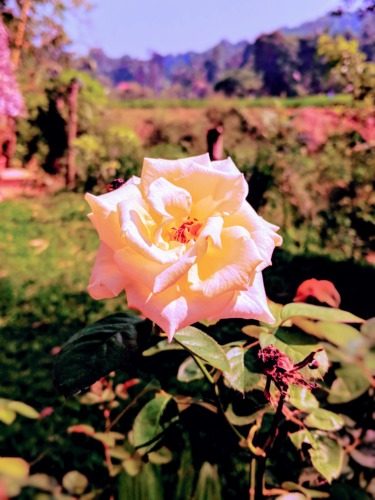
The feature, aptly named ‘super macro,’ is accessible through the camera app. Activating it triggers an immediate switch to a 4.3x zoom, initiating the identification of focus points. The camera may prompt you to step back for improved focus, and after a brief adjustment period, it delivers remarkable close-up snapshots of the subject. In some instances, you can even extend the zoom to 8.6x without any noticeable loss of detail.
The Vivo X100 Pro is A Macro Champion, but can others follow it up?
The outcomes are images that appear as if they were captured from an extremely close vantage point, featuring abundant details and a lush bokeh effect. Remarkably, the cameras maintain a distance of about 12-20 cm from the subject. With an 8.6x zoom, you can even achieve a macro-like shot from a couple of feet away under favorable lighting conditions. These images distinguish themselves from those obtained using the ‘regular’ 4.3x or larger zoom, thanks to Vivo’s adjustments that result in slightly sharper focus and more pronounced bokeh than conventional zoom shots.

The Vivo X100 Pro ‘super macro’ mode exhibits a subtle, yet discernible, increase in zoom compared to the standard telephoto setting, albeit the difference is minimal. Additionally, users have the option to shoot in manual focus mode, allowing them to modify bokeh levels—a feature akin to DSLR-like wizardry. While the super macro capability is impressive, it is not without its occasional drawbacks, such as images appearing somewhat dark at times and occasional difficulties in achieving focus. Nevertheless, these issues are infrequent, and for the most part, Vivo X100 Pro super macro functionality elevates the phone to a macro photography maestro.
Traditionalists may argue that this deviates from classic macro photography since the camera isn’t physically close to the subject, and there’s a touch of computational enhancement involved. However, Vivo X100 Pro and its unique approach to macro photography effectively mitigates many of the uncertainties associated with phone-based macro photography. Maintaining a distance from the subject reduces the likelihood of disturbance, eliminates the risk of the camera’s shadow affecting the shot, and simplifies the task of stabilizing the camera. Most significantly—and arguably, the key takeaway—is the exceptional quality of the results. Having reviewed numerous camera phones, we have never felt as comfortable and at ease while capturing macro shots.
Moreover, we have never encountered macro pictures of such consistently high quality from a phone camera.
This prompts us to consider that it might be the opportune moment for other brands to shift from ultrawide to telephoto cameras for macro photography. Insider information suggests that the required floating telephoto lenses are pricey, and the associated software is intricate. However, if more brands embrace this approach, costs could potentially decrease. Not long ago, features like Periscope Zoom were exclusive to flagship models, but today, they are accessible even in devices at lower price points.
A decade ago, multiple cameras and OLED displays were considered rare, and now, they have become commonplace. It would be truly remarkable if a similar evolution occurred with telephoto macro, given the widespread appreciation for up-close encounters in macro photography!
FAQ on Macro Photography
1. What is macro photography? Macro photography is a specialized technique that involves capturing extremely close-up images of small subjects, revealing intricate details that may not be visible to the naked eye. It typically requires dedicated lenses or camera settings.
2. How close do you need to be for macro photography? In macro photography, you often need to be within a few centimeters of your subject to capture fine details. The exact distance can vary based on the lens or camera specifications.
3. What equipment is essential for macro photography? Essential equipment includes a camera with manual focus capabilities, a dedicated macro lens, or a camera with a macro mode. Tripods, external lighting, and lens accessories can also enhance your macro photography experience.
4. Can I do macro photography with a smartphone? Yes, many smartphones offer macro modes or have dedicated macro lenses. However, achieving professional-level macro shots may require additional accessories and good lighting conditions.
5. What is the difference between macro and micro photography? Macro photography captures small subjects, emphasizing details, textures, and patterns. Micro photography, on the other hand, involves using a microscope to photograph extremely tiny subjects, such as cells or microorganisms.
6. How can I achieve a shallow depth of field in macro photography? To achieve a shallow depth of field and create a pleasing background blur (bokeh), use a wide aperture (low f-stop) on your camera or lens. This isolates the subject from the background, emphasizing the details.
7. Are there specific settings for macro photography? Macro photography settings include a wide aperture for a shallow depth of field, a fast shutter speed to prevent blurring, and adjusting ISO based on lighting conditions. Using manual focus can provide more control over the focus point.
8. What are the challenges in macro photography? Challenges in macro photography include achieving precise focus, dealing with limited depth of field, managing adequate lighting, and addressing the potential for camera shake. Patience and practice are crucial for overcoming these challenges.
9. Can I use extension tubes for macro photography? Yes, extension tubes can be used to turn a regular lens into a macro lens by increasing the distance between the lens and the camera sensor. This allows for closer focusing on the subject.
10. Is post-processing necessary for macro photos? Post-processing can enhance macro photos by adjusting colors, contrast, and sharpness. However, the necessity of post-processing depends on personal preference, as well as the desired outcome for the images.
Related posts:
- 5 ways new age technology startups can aid healthcare for elders
- Benefits of Control Room Solutions for Your Company
- Amazon vs. Flipkart: Clash of the Festive Sales – What to Expect
- Samsung Unveils World’s First Transparent MicroLED Screen At CES 2024
- Apple Vision Pro To Feature Higher-End M2 Chipset
- SJCAM SJ20 Review In Detail





